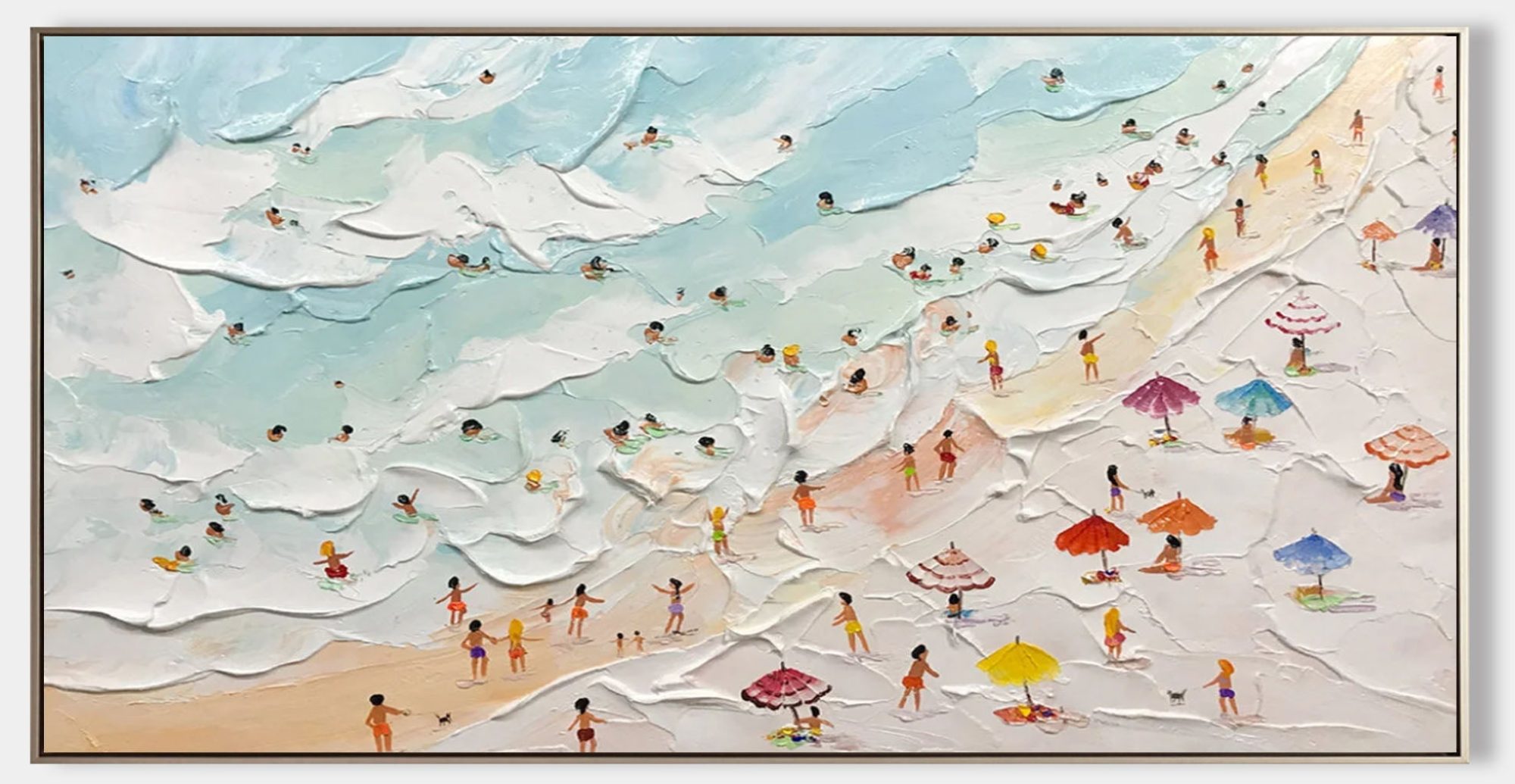Introduction: Why Depth Makes Your Flowers Come Alive
Ever looked at your flower painting and thought, “Why does it feel… flat?” You’re not alone. Many beginners struggle to make their artwork feel alive. The trick? It’s all about adding depth and light. With just a few smart choices, your canvas can go from dull to dynamic — and no, you don’t need fancy tools to do it.
Let’s walk through some simple ways to bring that floral scene to life.
1. Choose the Right Light Source
Before you even start painting, take a sec to decide: where’s the light coming from? This will decide everything — where you put your highlights, how your shadows fall, and how “real” the flowers feel.
Sketch a little arrow on your canvas. Stick with that direction. It helps keep your lights and darks believable. Sounds boring, but it actually saves you loads of confusion later.
2. Warm vs Cool — Use Temperature to Shape Space
Here’s a trick pros use all the time: warm colors come forward, cool colors go back. So if you want a flower to stand out, use warmer tones (reds, oranges, yellows). For background flowers, cool them down with soft blues or purples.
That subtle temperature shift can create amazing depth — and most people won’t even notice why your painting looks good. But it works.
3. Layer Your Shadows (Don’t Just Use Black)
Stop reaching for pure black. It kills the life of your painting. Instead, try mixing complementary colors for shadows — like red + green, or blue + orange. These “colorful shadows” are way more vibrant and realistic.
Add them gradually in thin glazes, especially between petals or where leaves overlap. The layering builds volume and texture.
4. Highlight with Intention, Not Just White
We all want our flowers to glow, but splashing white everywhere won’t help. Use soft yellow-white for sunny effects, or cool violet-white for shadows hit by cold light.
And don’t highlight everything. Just hit the spots where the light would naturally fall — top petals, tips, or edges facing the light. That’s how you add sparkle without overdoing it.
5. Create Atmospheric Depth
Not all depth comes from shadow. Sometimes, it’s about softening the background. You can blur distant elements slightly by using a dry brush, or blending with a soft cloth.
Try adding a hazy background gradient — darker at the edges, lighter near the focal flower. It guides the eye and adds quiet space around your subject.
6. Use Brushwork for Texture and Light Play
Different strokes reflect light differently. Thick, bold strokes can bounce light and make petals feel real. Thin glazes can push areas into the background.
So use your brush intentionally. Try dry brushing highlights over textured petals. Or scumble soft light around the flower’s edges to simulate a subtle glow. Texture is light’s best friend.
Final Thoughts: Let Your Light Tell a Story
Your flowers don’t just need color — they need structure, mood, and space. That’s what depth and lighting create. You don’t have to be perfect, just mindful.
Each painting is like a small story told in color and shape. Let your light set the mood, and your shadows sculpt the scene. Keep playing with techniques, and you’ll surprise yourself every time.
